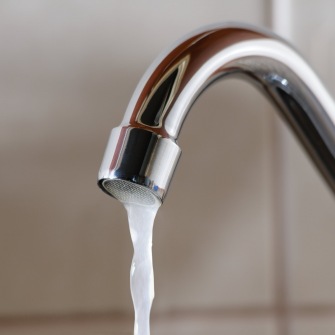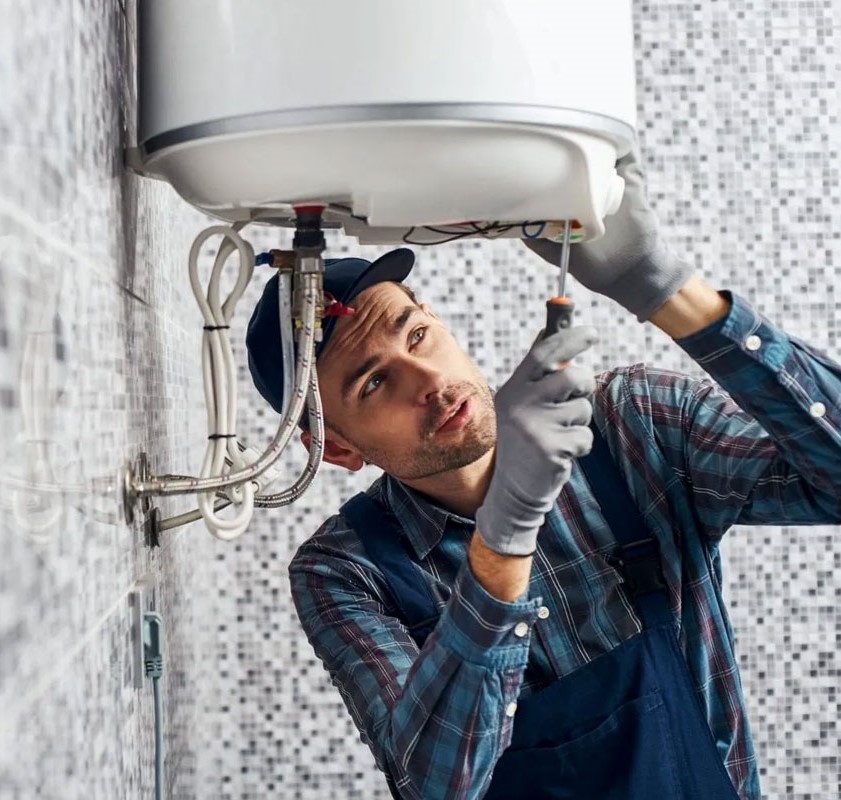Intelligent Winterizing Solutions: Five Techniques to Prevent Pipe Bursts
Intelligent Winterizing Solutions: Five Techniques to Prevent Pipe Bursts
Blog Article
We've uncovered this article involving How to Prevent Frozen Pipes listed below on the web and felt it made sense to relate it with you on this page.

All property owners who live in pleasant climates need to do their ideal to winterize their pipes. It is something you should do during autumn prior to deep wintertime really begins. Failure to do so can lead to catastrophe like frozen, split, or burst pipelines. Here are some handy winterizing hacks to keep your plumbing system safeguarded even if the climate exterior is terrible.
Try a Hair Clothes Dryer or Warmth Gun
When your pipes are virtually freezing, your trusty hair clothes dryer or heat weapon is a blessing. If the warm towels do not help remove any type of clearing up ice in your pipelines, bowling warm air directly into them might aid. You may end up damaging your pipelines while trying to thaw the ice.
Open Cupboard Doors Hiding Plumbing
When it's cold outside, it would be useful to open up closet doors that are camouflaging your pipes. Doing this little method can keep your pipes warm as well as restrict the possibly unsafe outcomes of freezing temperatures.
Take Some Time to Wrap Exposed Water Lines
One very easy and also clever hack to warm up icy pipelines is to wrap them with warm towels. You can additionally utilize pre-soaked towels in warm water, just do not forget to use safety gloves to secure your hands from the warmth.
Turn On the Faucets
When the temperature level declines and it seems as if the icy temperature level will certainly last, it will certainly help to turn on your water both inside your home as well as outdoors. This will certainly maintain the water streaming with your plumbing systems. On top of that, the activity will certainly reduce the cold procedure. Significantly, there's no requirement to turn it on full blast. You'll end up wasting gallons of water this way. Rather, go for regarding 5 drops per min.
Turn off Water When Pipelines are Frozen
If you see that your pipelines are entirely icy or almost nearing that phase, turn off the main water shutoff instantly. You will generally find this in your cellar or laundry room near the heater or the front wall closest to the street. Turn it off as soon as possible to stop additional damage.
With even more water, more ice will pile up, which will at some point lead to break pipes. If you are not sure concerning the state of your pipelines this winter season, it is best to call a specialist plumber for an assessment.
All property owners who live in temperate environments need to do their finest to winterize their pipes. Failing to do so can mean calamity like frozen, fractured, or burst pipelines. If the hot towels do not help displace any kind of settling ice in your pipes, bowling warm air straight into them may aid. Turn off the major water valve immediately if you see that your pipelines are completely frozen or practically nearing that phase. With even more water, even more ice will certainly stack up, which will ultimately lead to rupture pipelines.
How To Keep Your Pipes From Freezing This Winter
How Cold Does It Have to Be for Pipes to Freeze?
Before we get into what you can do to prevent your pipes from freezing, let’s first make sure that you can answer the question, “When do pipes freeze?”
In general, you should expect your pipes to potentially freeze once the temperature gets close to 32 degrees Fahrenheit.
It’s also important to recognize that, even if you live in a warmer climate, you’re not immune from having to deal with frozen pipes.
In some cases, you may even be at a higher risk. This is because your pipes aren’t insulated well enough to handle colder temperatures.
Pipes are also at a greater risk of freezing if they’re located in the basement or the attic of your home. This is because they’re not able to get as much heat as pipes in other parts of your home are.
So, when you’re taking precautions to prevent your pipes from freezing, make sure that you pay special attention to pipes in those areas.
Common Signs of Frozen Pipes
Now that you know how to keep your pipes from freezing, let’s talk about a few of the most common signs that it’s too late.
If your pipes have already frozen, it’s important to get professional help as soon as possible. If you know what to watch out for, you’ll be able to act much faster — potentially saving you from serious disaster.
Interestingly, one of the biggest signs of a frozen pipe is a nasty, strange smell from the drain in a sink or even the faucet itself. This is because the smell can’t filter out of the pipe, and instead is forced to come back up towards your home.
You may also see visible signs of frost on the outside of your pipe, which is an almost certain sign that it’s already frozen.
Of course, you may not even be able to get water to run out of your pipe. If you turn on your faucet but no water (or only a few random drips) come out? Then it’s likely that they’ve frozen.
You might also hear whistling and banging coming from the pipes, or even strange bubbling sounds when you flush a toilet.
Finally, take a look at your drywall and ceilings. If you notice any kind of dampness, puddles, or rings, there’s a serious issue.
Remember that, the longer you wait to thaw out the pipe, the more likely it is that it will burst. You don’t want to deal with the expense of replacing a pipe as opposed to thawing it. You especially want to avoid damage to your floors and personal property.
Get in touch with a plumbing professional to get a handle on the situation as soon as possible.
Check out Your Current Insulation
Earlier on in this post, we spoke about the importance of making sure that pipes in less visited areas of your home, like your basement or attic, got enough attention.
Take a look at your insulation in these areas, and determine if it might be smart to add another layer or two.
So, which materials should you use to properly insulate your pipes?
You can’t go wrong with fiberglass sleeves or even foam rubber. If you’re a bit anxious about properly fitting them on your own, then we suggest that you call in a professional to help you.
This is usually an effective solution for exposed pipes. However, if you have more serious concerns, then it may be the right time to re-insulate your walls and ceilings completely.
When in Doubt, Open Your Doors
One final tip on how to keep your pipes from freezing?
Believe it or not, keeping your interior doors open may be the solution you’re after.
First of all, keeping things open will allow the heat to circulate better throughout your entire home. Additionally, make sure that you open up your cabinet door if you have pipes underneath the sink.
This will ensure that they’re able to maintain a proper temperature to keep from freezing.
DIY Thawing Tips for Frozen Pipes
In most cases — and especially if you’re certain that the pipe has seriously frozen — you’ll need the help of a professional to thaw your pipes.
However, if you feel like it hasn’t yet frozen completely, there are a few DIY hacks you can do to speed up the thawing process.
Before you try out any of these tips, make sure that the faucet is completely open (turn both the hot and cold handles if needed.)
Start as close to the faucet as possible to get the most effective and fastest thaw.
If you’re trying to thaw an exposed pipe, you can wrap them in hot towels to slowly bring them back up to a warmer temperature. You can also use a hair dryer, a space heater, or even a heat lamp.
Keep in mind that you’ll need to monitor the pipes during this entire process, as walking away can be seriously dangerous to not only your home but your plumbing as well. In the event that something does burst, know where your main valve water shut off is located and be able to access it quickly.
If the pipes are enclosed, start by turning up the heat in your home. In some cases, this may be enough to thaw them out.
You can also use a small infrared lamp. Hold it up to the area where you know the pipes are located for a few minutes. Sometimes, this will do the trick when it comes to thawing pipes.
https://happyhiller.com/blog/how-to-keep-your-pipes-from-freezing-this-winter/

Do you like reading about How to Prevent Frozen Pipes? Post a remark directly below. We will be interested to see your thoughts about this page. We are looking forward that you come back again later on. Do you know about another individual who is fascinated with the topic? Why not share it. I cherish reading our article about Winterizing Your Pipes.
Precision and quality here. Report this page